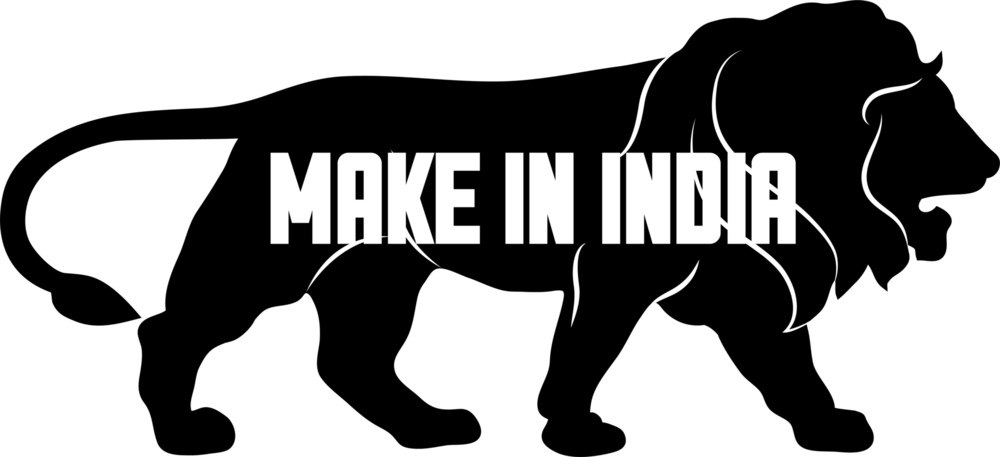In my previous blog , I had covered the gross knowledge about menopause and it’s treatment, now in this blog I will be dealing with the endocrinal concepts behind the menopause and will emphasis on future HRT.
Endocrinology of menopause :-
Prior to menopause , along with the natural atresia of ovarian follicles , follicles also becomes resistant to pituitary gonadotropins , as a result the folliculogenesis gets impaired and estradiol (which was being released by developing follicles ) also gets decreased.
There is a significant fall of serum estradiol from 50-300pg/ml to 10-20pg/ml after menopause
This decreases the negative feedback effect on hypothalamo -pituitary axis resulting in increase in FSH . The increase in FSH .Is also due to diminished inhibin
(Inhibit is a peptide secreted by granulosa cells of ovarian follicle ) .
The increase of luteinizing hormone (LH) occurs subsequently
The secretion of both FSH and LH are increased due to absence of negative feedback effect of estradiol and inhibin
Disturbed folliculogenesis during this period may result in anovulation , oligoovulation ,premature corpus luteum or corpus luteum insufficiency
The mean cycle length gets significantly shorter , this is due to the shortening of follicular phase
In late menopausal women there is increased follicular degeneration ,ultimately no follicles are available ,even if some are available the are no longer sensitive to gonadotropin
So , estradiol production stops down to the optimal level(20pg/ml) so no endometrial growth takes place hence there is complete menopause experienced
What is estrone ?
Following menopause the predominant estrogen is estrone and to a lower extent estradiol
During menopause the serum level of estrone is higher ( 30-70)pg/ml than estradiol (10-20)pg/ml
The major source of estrone is aromatization of androgens which occurs at the level of level of muscles and adipose tissue ,estrone is biologically less active than estradiol
From where the 10-20pg/ml of estradiol is coming?
It comes from peripheral conversion of estrone and androgens
True menopause
With passing time sources fail to supply the precursors of estrogen and after 5 – 10 years of menopause there is a sharp fall in estrogen and the trophic hormones , then the women is said to be in true menopause
Menopausal transition
Mostly there is a irregularity in menses up to 2 -8 years before actual menopause this known as menopausal transition / perimenopausal time / climetric transition
Future HRT
Conjugate equine estrogen + bazedoxifene (SERM)
This aims to protect endometrial proliferation which is seldom seen in classical HRT and will minimise the risk of breast cancer
Other drugs (less commonly used)
Tibolone
SERM (selective estrogen receptor modulators ) such as tamoxifen (has risk of endometrial carcinoma )
Raloxifene (this comes with no risks of endometrial carcinoma)
DURATION OF MENOPAUSE :-
HRT is usually given for hot flushes which is a peak problem 1 – 2 years after menopause so, it can be continued to 1 – 2 years
In premenopausal women less than 40 years of age (I.e. premature menopause)
Who have a long life to live and so the quality of life matters in such women , so in such women HRT can be used up to a long time
HRT can be continued as long as patient does not counter any co-morbidity and maintains a healthy life style.
Shortly used in women over 60 years of age or it is not preferred at all in such cases.
Contributor- Medico Shashank Gupta




👍
Thanks